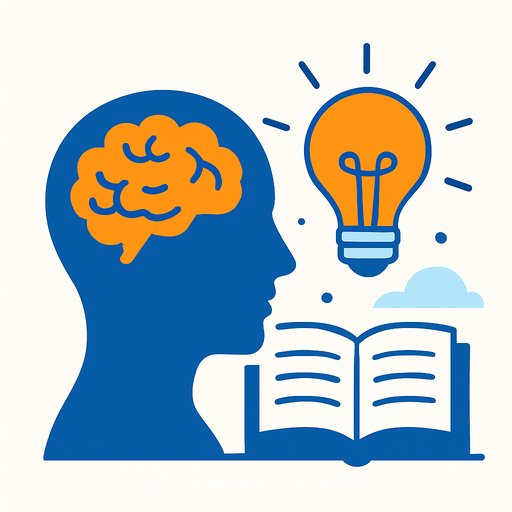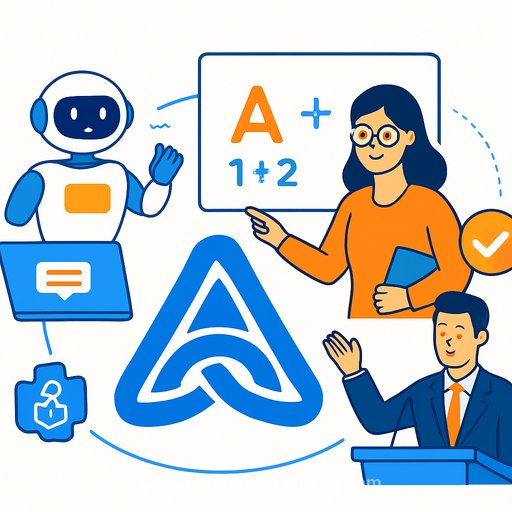How Boise State's new "Applications of Artificial Intelligence" course explores the future of learning
What happens when a class about AI is taught by AI? Boise State's COID 325: Applications of AI puts that question to work. It trains students to use generative tools effectively, ethically and creatively - and it delivers lectures through an instructor's AI avatar.
The result: a course that updates fast, focuses on real outcomes and gives students a portfolio they can show to employers.
A human approach to an AI-taught course
People built the course. They wrote the lessons, designed the projects and set the ethical guardrails. The delivery is where AI steps in: an instructor avatar gives lectures, walkthroughs and updates as new tools and methods arrive.
The instructor records the voice and guides the direction. That keeps the content personal while making it easy to refresh modules within hours when a new model or feature drops.
Projects with real utility
Students build useful things: AI-powered business concepts, personal productivity systems and creative media experiments. The goal is simple - learn a tool, apply it, and document the results in a portfolio.
Hands-on beats theory. Practice is baked into every module.
Student perspectives: learning by doing
Students consistently called out the value of action. "We learn, then go use the tools and experiment for ourselves," one student shared. Another added, "It didn't feel like homework - it felt like I was setting myself up for success by building my portfolio and systems for work."
Ethics mattered too. "I appreciated the focus on equity and bias in AI," one student wrote. "That conversation doesn't happen enough." For context on responsible AI, see the NIST AI Risk Management Framework.
Lessons learned: teaching with AI
- Efficiency isn't automatic: Learning new tools and fixing quirks made the first run time-neutral. Future iterations should benefit from a smoother process.
- Transparency builds trust: A behind-the-scenes intro on how AI was used set expectations and eased concerns.
- Constraints spark creativity: Editing around avatar quirks (gestures, pauses) led to cleaner, more engaging lessons.
- Energy conservation: The avatar reduced on-camera fatigue so instructors could focus on teaching quality, not performance.
- Consistency equals polish: Stable lighting, audio and delivery made the course look and feel professional on a tight timeline.
Why this format works for educators
Content can keep pace with new tools without rebuilding the whole course. You can iterate quickly, keep lectures current and spend more time coaching students on critical thinking and ethics.
It also sets clear expectations: AI assists with delivery, humans set the direction, standards and values.
Preparing students for the future of work
By the end of the semester, students leave with a portfolio that shows how they apply AI in academics, personal systems and professional projects. That proof of work is the point.
COID 325: Applications of Artificial Intelligence is open to all majors and counts toward the Digital Innovation + Design degree and the Artificial Intelligence for All Certificate.
How to learn more
Program Directors: Jennie Myers (jmyers@boisestate.edu) and Ben Ohashi (benohashi@boisestate.edu).
If you're building your own AI learning plan, explore curated course paths by role here: Complete AI Training: Courses by job.
Your membership also unlocks:




